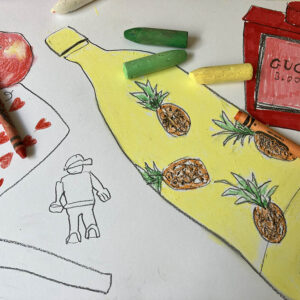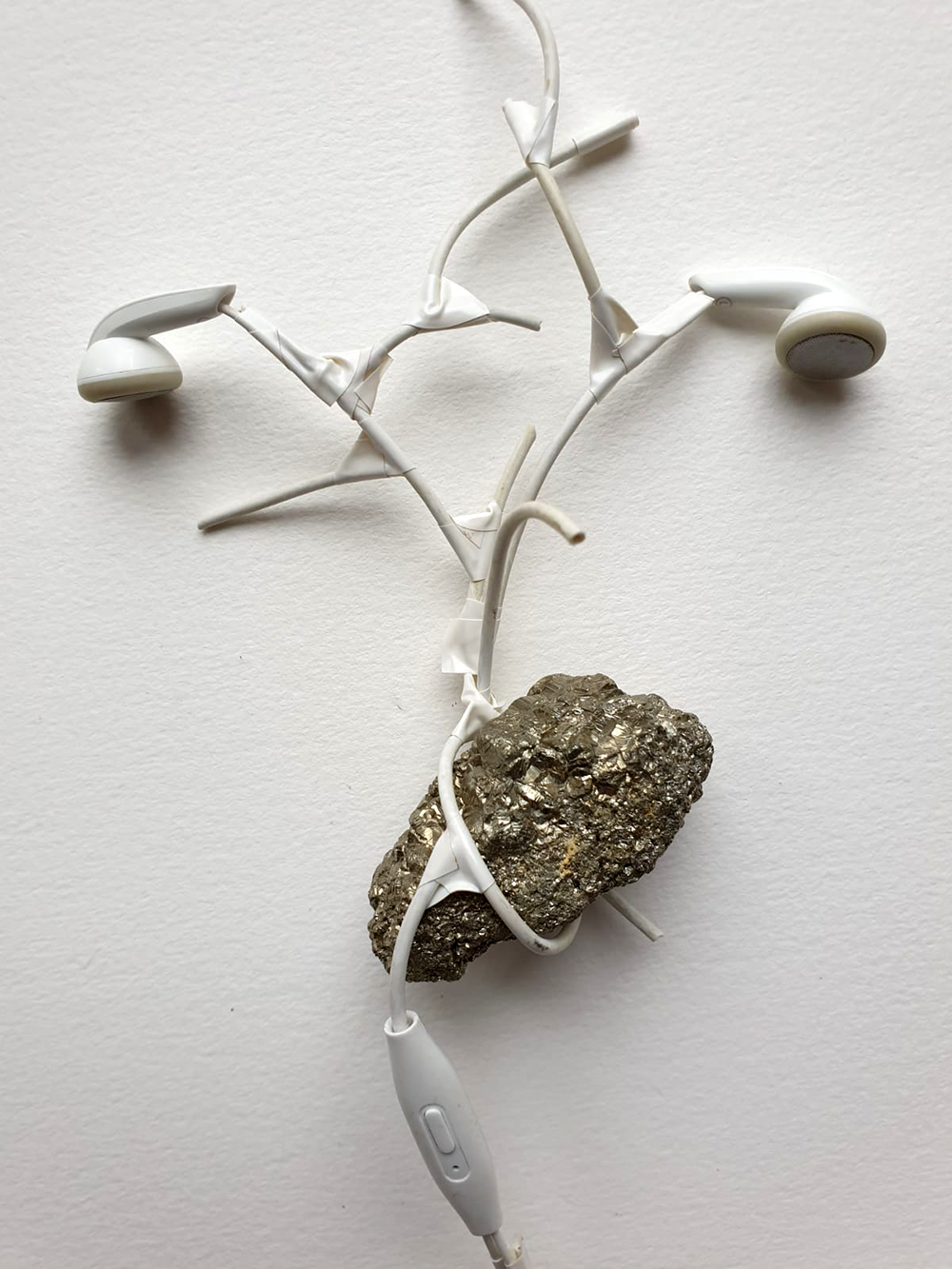
The number of conversations around what AI might mean to visual arts education, of course, increases. How do teachers view artwork generated by AI? Should teachers use AI to create relevant lesson plans? Might AI write a better proposal/email/cover letter than I can? What does it mean for artists if artwork can be generated by AI?
We are all clear about one thing – that we are at the start of an experiment with very little protocol. And the “what ifs” feed right into the sweet spots which anxiety loves: the unknowable future, the fear of change and the existential wrestle over whether our lives are, or are not, relevant.
For many years I have been meaning to write a post called The Slip and The Grub, exploring the relationship of physical to digital in art education. As a maker, I was the child with stuff on my hands. Clay under my nails, glue on my skin, ink on my clothes. Where there is physical material, there is always a battle – no matter the tools that help us shape, the ideas which lead us forward, whenever we make the physical materials resist. That’s the fun, the challenge: we learn to form, to control, to re-shape. To me that’s the Grub. It’s a dirty, physical business. Our fingers ache, sometimes we bleed, but it’s what humans have done so some of us still do it.
Alongside, because we have known what it is to make, to hold a vessel, to feel a texture, to sense a weight (these are our haptic senses), we also then have the skills to look at an object, a thing, and feel a response. Think of it as a kind of empathy towards physical things around us. We feel it in nature. We might feel it when are near architecture. If we’re lucky, we might sometimes feel it in an art gallery, or a museum, looking at a tiny object which has survived the centuries, or a piece of contemporary sculpture. Humans can read objects – with our bodies as well as our heads.
But there’s the Rub of the Grub that’s been niggling at me since I studied Sculpture at the Royal College of Art in the 1990’s. A growing feeling that “sculpture” as a discipline wasn’t perhaps having its best time. A niggle that goes along the lines of: when an artist has spent so long investing their thoughts and actions in a material they are tuned in to reading that material, that object. But increasingly, audiences lag behind. They usually do not spend hours building their relationships with materials, and so when those audiences look at that sculpture in a gallery, there can be a big chasm between the two experiences. Of course that’s the gamble when we make art – will anyone else in the world get it? Does that matter? But I felt sculpture suffered from this risk more than other art forms. I felt that as our access to images grew, through digital media, and we became proficient only at processing those images for tiny fractions of time (ie seconds) any requirement made by a piece of physical sculpture on the viewer, to slow down and respond to its physicality, with our physicality, seemed to be an increasingly big ask.
Time passed, and on a personal journey, I left making sculpture behind, and instead formed AccessArt. Instead of making our own sculpture, my then colleague and friend Sheila Ceccarelli and I turned back to our own childhoods, to the essential part of us that had dirt under our nails, and we went into schools to enable making.
I have worked for over 33 years in schools, and always when you give children materials they fall to making with an appetite, but, the reality is, we have seen (and I generalise of course) children perhaps struggling a little more than they used to in a few areas. They often just don’t have the opportunity (at home and at school) to build their relationships with materials through unstructured play or making. Materials start to feel alien to them, purely through lack of experience. Dexterity suffers, as do fine motor skills, as does empathy for the material. Frustration on the other hand, grows. Frustration born out of the fact that there is a battle between materials, hands, hearts, head, that the materials aren’t always compliant, that fingers ache, and frustration born out of confrontation with what is becoming “the other”. This affects not just what they make, but vitally, how they perceive what others make.
So that’s the Grub that children are becoming less familiar with. And the Slip? The Slip is the alternative – the digital. The lovely, easy, knowable, controllable option of being able to swipe and see compliant action. No dirt, no resistance, no effort. Without any slowness or battle. The Slip, as we know, is seductive, and it feels at times as if it is beating the harder working Grub back into the cave.
So, is making sculpture really becoming redundant? Should we persevere in making time to make. Or do we slide with the Slip and become more and more immersed in digital realities?
Or is there a clue in the Grub? The battle, the slowness, the stillness? The resistance?
We all know there is a shift to the appreciation of the moment. The breath. The moment of sanity and stillness – the space within the chaos. “Coming back to your body” is the wellbeing mantra aimed to ground us and make us real, physical again, rather than existing just in the maelstrom of our heads.
And there is the parallel. The clue is in the making. Working with your hands is like breathing – it plants you in the present and you are connected to something much bigger. The pressure of materials between your hands. The connection between senses. The seeing your thoughts and intentions made physical. Your mark, quite literally, on the world, proving to you that you exist. There is something so positive about being in the act of making, that we surely need to return to it – and rediscover it for the next generations.
So AI?
AI will do its stuff, and we’ll all get into a spin while it spins words, images and ideas. Some of its uses will be life-enhancing, and some of its uses will confuse and threaten us. But AI will not (yet) be able to sit at a table, handle a variety of materials, connect the head, hands and hearts and make something which uniquely captures a thought or emotion – no 3-D printer can do that. AI does not have the patience to be slow. AI does not have a body through which to process a reaction. AI doesn’t thrive in a world of physical resistance, where the battle is the very thing which informs the process and outcome. AI can’t even create hands, never mind have hands. And AI can’t benefit from all of the above – but we can.
Just like words can be used to capture and convey our emotions, so can the objects we make. We just need to allow ourselves the time to sit with the materials, and allow the connection to be made.
This isn’t a Luddites call. I embrace the digital – and AccessArt has been built on that. But I do think there’s something here to help keep us special and keep us sane. So perhaps the thing which I feared was going to make sculpture irrelevant and redundant, might actually be thing which brings about a rebirth of making. Let AI have its frenzy (we can’t do much else) and because we can’t possibly keep up with that, let’s go the other way and return to our body and the world around us. And perhaps this isn’t about us making sculpture after all, but instead about us remaining human, and embracing the fact that as humans, we have an ancient capacity to make and respond to objects.
What Does This Mean For You?
Teachers, Educators, SLT, Curriculum Makers: Make time for making. Please. Know that making can be frenzied, and it can be slow. But make sure you make time for pupils and students to build their relationship with the physical world.
Artists & Other Humans: Make time to sit (or stand) and hold materials without prior thoughts about what you will do with them. Rebuild your relationship with the materials of the world. And then go remake the world.
This is a sample of a resource created by UK Charity AccessArt. We have over 1500 resources to help develop and inspire your creative thinking, practice and teaching.
AccessArt welcomes artists, educators, teachers and parents both in the UK and overseas.
We believe everyone has the right to be creative and by working together and sharing ideas we can enable everyone to reach their creative potential.
You May Also Like
Making Painted & Sewn Landscapes
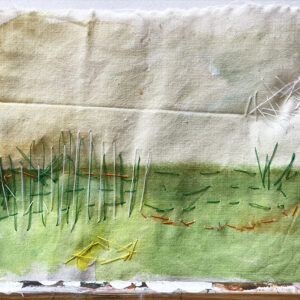
Monoprinting with Oil Pastel and Carbon Copy Paper
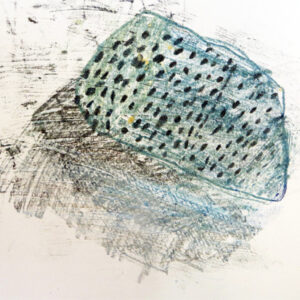
See This Resource Used in Schools…
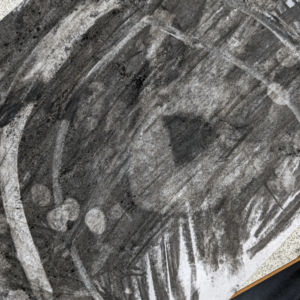

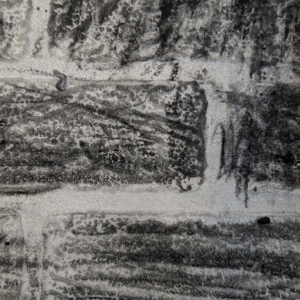
You May Also Like
charcoal cave
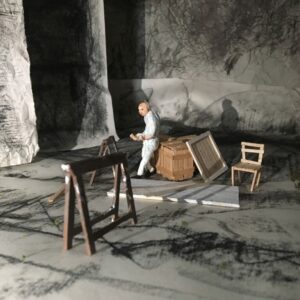
introduction to charcoal
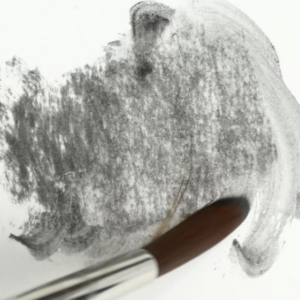
Pathway: An Exploration of Coal Mining, Inspired By Henry Moore

You Might Also Like…
Talking Points: Wassily Kandinsky
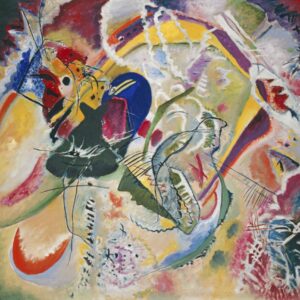
Inspired by Miro – Collage, Automatic Drawing, & Sculpture

Design Through Making
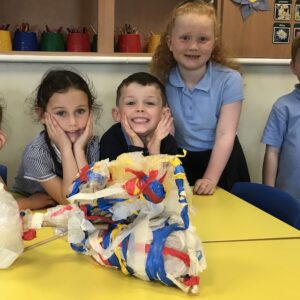
You Might Also Like…
why we need to allow art to be a unique subject
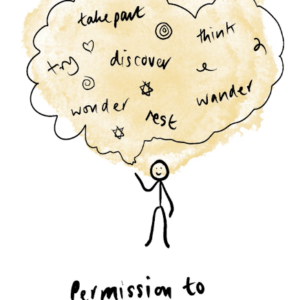
What does success look like?
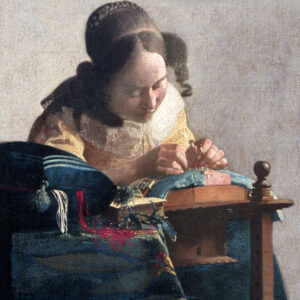
Visual Arts Pedagogy
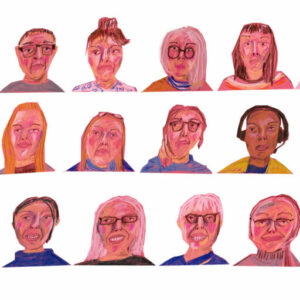
You Might Also Like…
Sculptural Modroc Pots
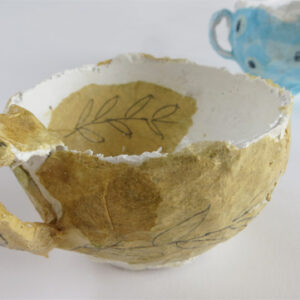
Art Club Cafe

Manipulating Paper: 2D into 3D
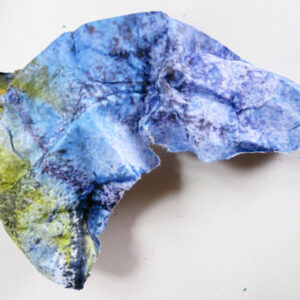
You Might Also Like…
Drawing and Making Flowers

Painting on Plaster Inspired by Vincent Van Gogh
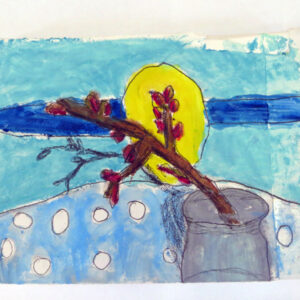
Cut Paper Collage Still Life
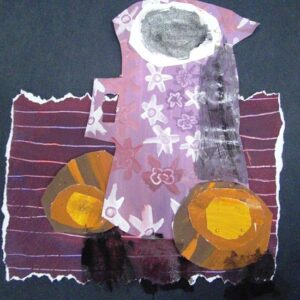
You Might Also Like…
2d and 3d Fashion Designs using Painted Paper

Barbie and Ken Transformation
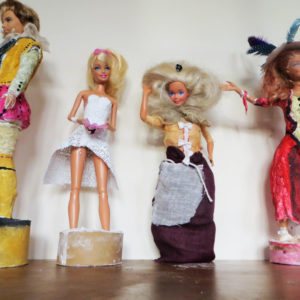
Puppets Inspired by Historical Paintings

You Might Also Like…
Drawing Spirals
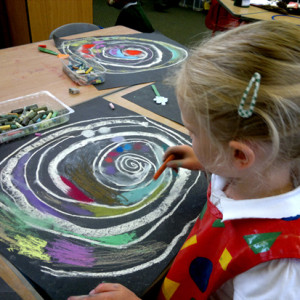
Thinking Silhouettes
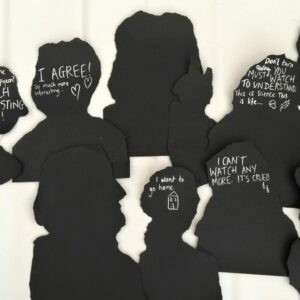
Painting with Poster Paint
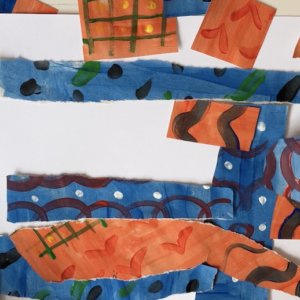
You Might Also Like…
Drawing and Making Flowers

Painted and Sculptural Plant Pots
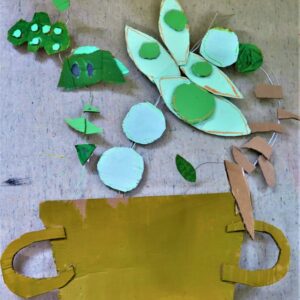
Drawing Insects with Wire

See This Resource Used In Schools…
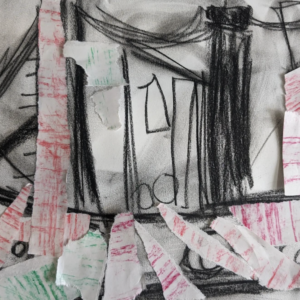
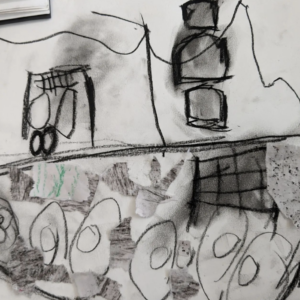
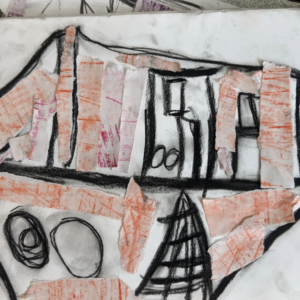
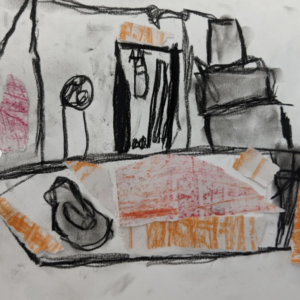
You Might Also Like…
Making a Treehouse
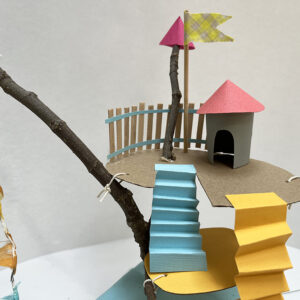
Dropped Cone Sculptures
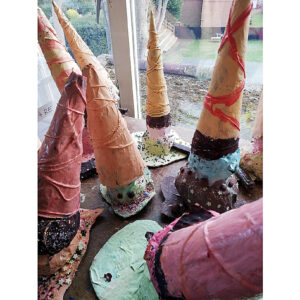
What is Sculpture?

You May Also Like…
Session Recording: how to use modroc
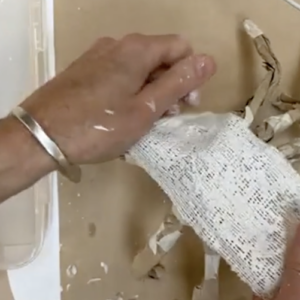
How to use modroc
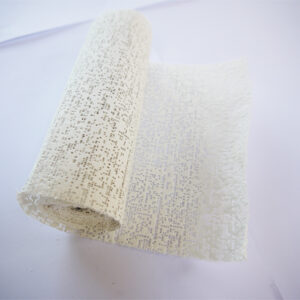
You May Also Like
ten minutes, five times a week
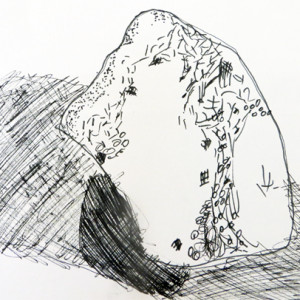
the drawing journey
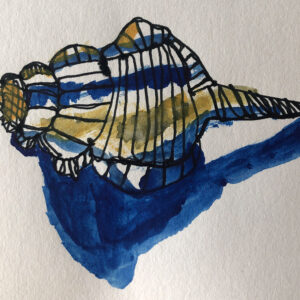
all drawing resources

You May Also Like
making a puzzle purse
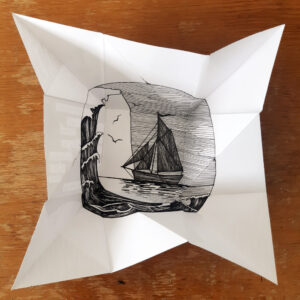
Turkish map fold
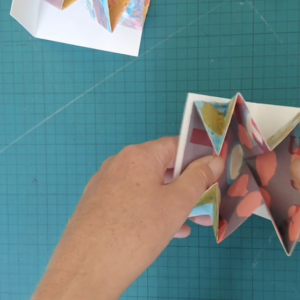
adapting accessart: 2d to 3d
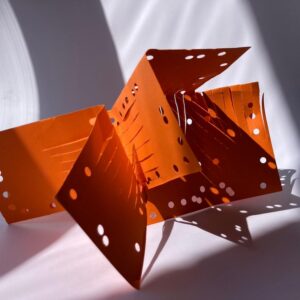
You May Also Like
Graphic inky still life
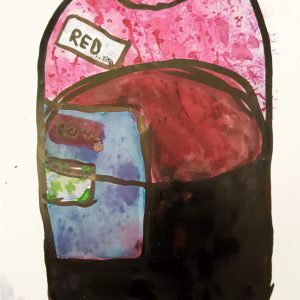
See Three Shapes
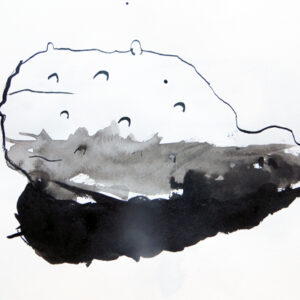
see all ink resources

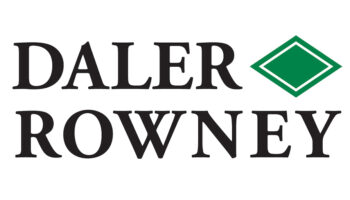
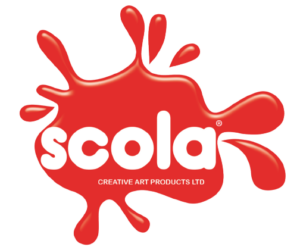
You May Also Like…
Transforming Objects
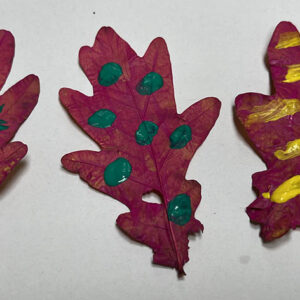
Autumn Floor Textiles

Collecting, Arranging, Drawing
